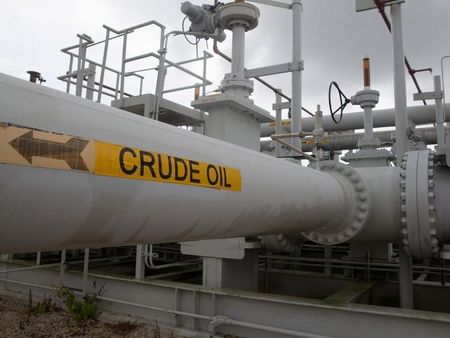
Investing.com — Oil markets are set to experience heightened volatility as the global energy sector braces for potential shifts in U.S. policy under Trump’s second term, according to Macquarie analysts.
The firm, in a note this week, highlighted the recent $10 per barrel rally in crude prices, breaking through the year-end 2024 range due to “growing bullish sentiment” driven by tightening Russian and Iranian sanctions, colder weather, and skepticism about U.S. oil production growth.
Macquarie points out that “Managed Money participants” have increased their positions, reflecting a bullish outlook.
The West Texas Intermediate (WTI) spread between M1 and M6 futures surged by $2.77 per barrel since December 31, 2024, reaching levels last seen in October 2023 amid geopolitical tensions, explained the firm.
The Macquarie analysts emphasize the uncertainty surrounding potential U.S. tariffs and sanctions on the Russian energy industry.
“We anticipate increased volatility through the year as known unknowns surrounding Trump 2.0 policies with the market eagerly awaiting Trump’s inauguration next week,” wrote Macquarie.
They also note Treasury nominee Bessent’s support for new sanctions suggests a continuation of stringent measures.
Macquarie anticipates a supply surplus exceeding 1 million barrels per day (MBD) for 2025, assuming no major disruptions in Russian oil.
However, the International Energy Agency’s (IEA) January Oil Market Outlook has already factored in potential supply risks, forecasting a smaller surplus.
The firm says the sanctions are causing shifts in global oil flows, with India and China seeking alternative suppliers, particularly from the Americas, Africa, and the Middle East.
This realignment has led to changes in price differentials, such as Brent moving to a discount against Dubai crude.
OPEC producers have responded by raising Official Selling Prices (OSPs) to Asian buyers, with West African and North Sea grades also seeing increased premiums.
Macquarie concludes that these developments, coupled with policy uncertainties, are likely to keep oil markets on edge throughout the year.
This post is originally published on INVESTING.





